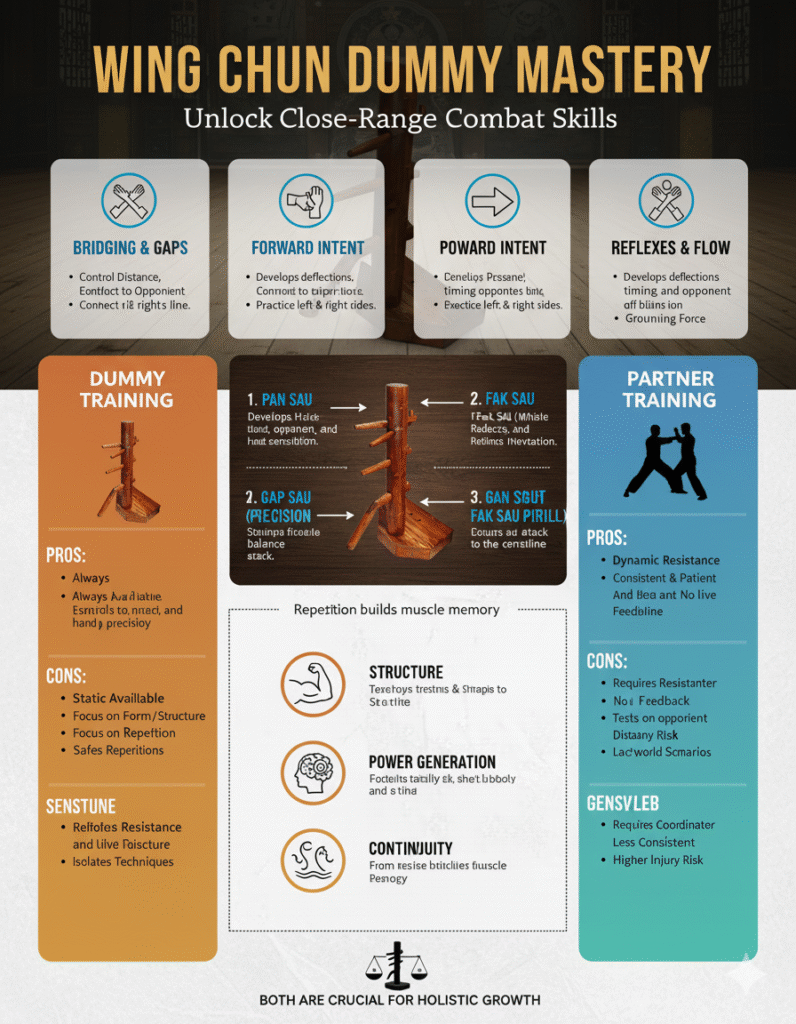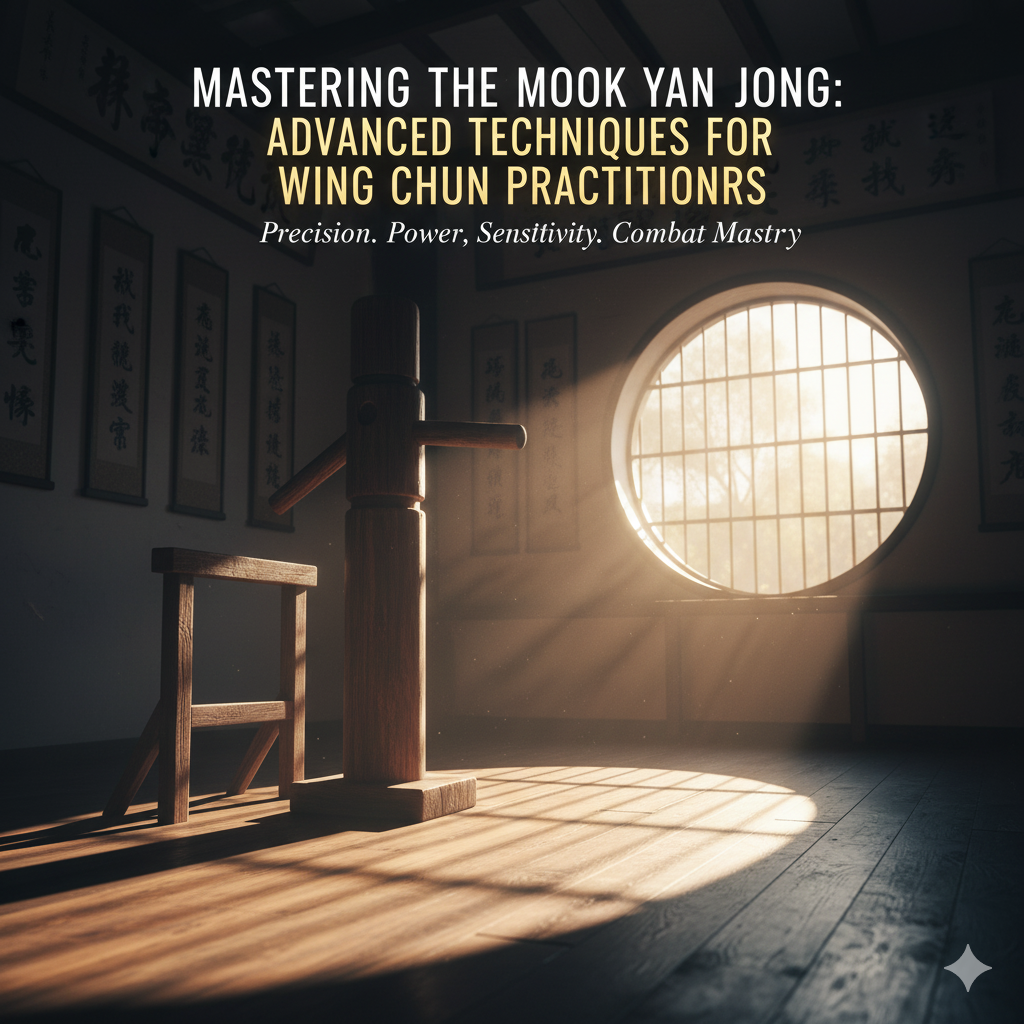Wing Chun is a traditional Chinese martial art that focuses on close-range combat and efficient techniques.
One of the key principles in Wing Chun is sensitive timing, which involves the ability to read and respond to an opponent’s movements with precision and accuracy.
Developing sensitive timing is crucial for effective defense and counterattacks in Wing Chun.
In this article, we will explore some practical tips and exercises to help you practice and develop sensitive timing in Wing Chun.
1. Focus on Chi Sao
Chi Sao, also known as sticky hands, is a fundamental training exercise in Wing Chun.
It involves maintaining contact with your training partner’s arms while practicing various techniques and movements.
Chi Sao helps develop sensitivity, reflexes, and timing by allowing you to feel and react to your opponent’s energy and intentions.
When practicing Chi Sao, focus on maintaining a relaxed and sensitive touch.
Pay attention to the subtle changes in pressure, direction, and speed of your partner’s movements.
Train yourself to respond instinctively and adaptively, without relying on preconceived techniques or patterns.
Regular practice of Chi Sao will enhance your sensitivity and timing skills in Wing Chun.
2. Develop Body Awareness
Body awareness is essential for sensitive timing in Wing Chun.
It involves understanding and controlling your own body movements, balance, and positioning.
By developing body awareness, you can effectively anticipate and respond to your opponent’s actions.
Start by practicing basic stances and footwork in Wing Chun.
Pay attention to your body alignment, weight distribution, and center of gravity.
Focus on maintaining a relaxed and balanced posture while moving.
Gradually increase the complexity of your movements and techniques.
Challenging yourself to maintain body awareness and control in different situations.
3. Practice Sensitivity Drills
In addition to Chi Sao, there are various sensitivity drills that can help you develop sensitive timing in Wing Chun.
These drills involve partner exercises that focus on reacting to physical cues and stimuli.
One example is the “Blindfold Drill.”
In this drill, one partner wears a blindfold while the other partner lightly touches or pushes them from different angles.

The blindfolded partner must rely solely on their sensitivity and timing to respond and defend themselves.
This drill enhances your ability to read and react to subtle movements without relying on visual cues.
Another effective drill is the “Punching Drill.”
In this drill, both partners stand in a close-range fighting position, with one partner delivering slow and controlled punches while the other partner focuses on evading and countering.
This drill helps develop timing and reflexes by forcing you to react to real-time attacks.
4. Engage in Sparring
Sparring is a crucial component for developing sensitive timing in Wing Chun.
It allows you to apply your skills and techniques in a controlled yet realistic environment.
By sparring with different partners, you can test your timing, adaptability, and decision-making under pressure.
When sparring, focus on timing your movements and strikes to exploit your opponent’s vulnerabilities. Pay attention to their rhythm, speed, and openings.
Train yourself to react quickly and effectively, while maintaining proper technique and control.
Regular sparring sessions will help refine your sensitive timing skills in real combat situations.
5. Seek Guidance from a Qualified Instructor
While self-practice and drills are essential, seeking guidance from a qualified Wing Chun instructor is invaluable.
An experienced instructor can provide personalized feedback, correct your techniques, and guide you in developing sensitive timing.
Attend regular classes and workshops to learn from knowledgeable instructors who can share their expertise and insights.
They can provide specific drills, exercises, and training methods tailored to your individual needs.
With their guidance, you can accelerate your progress in developing sensitive timing in Wing Chun.
Conclusion
Developing sensitive timing in Wing Chun requires consistent practice, body awareness, and guidance from a qualified instructor.
By focusing on Chi Sao, practicing sensitivity drills, engaging in sparring, and seeking expert guidance, you can enhance your timing skills and become a more effective Wing Chun practitioner.



